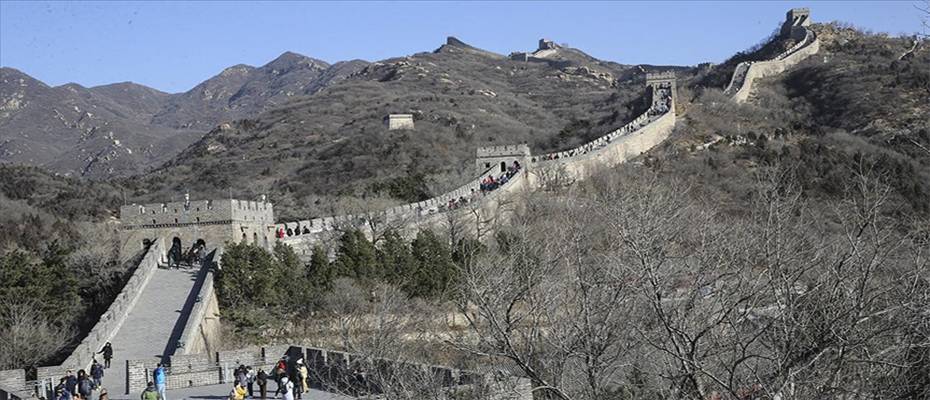Tourexpi
Almost half of the world’s UNESCO World Heritage sites
are now considered to be at high or very high risk due to the escalating
impacts of climate change, according to the International Union for
Conservation of Nature (IUCN). The organization’s latest World Heritage Outlook
4 report calls for urgent and coordinated climate action to safeguard these
irreplaceable ecosystems and cultural treasures.
Climate Change: The Fastest-Rising Global Threat
The report assessed 271 heritage sites worldwide and
found that 117, or roughly 43%, are under severe climate threat — up sharply
from 33% in 2020 and 27% in 2017. This marks a 31-site increase in just five
years, making climate change not only the most pervasive but also the
fastest-rising danger to heritage preservation.
According to Tim Badman, Director of IUCN’s World
Heritage and Culture Programme, the findings serve as a stark projection of the
deteriorating conservation outlook across the globe. He warned that changing
rainfall patterns, melting glaciers, rising sea levels, and marine heatwaves
are already transforming ecosystems — from coral reefs and wetlands to mountain
and desert landscapes.
“Seasonal flooding is shifting, glaciers are
retreating, and rising seas are altering salinity and sediment patterns,”
Badman explained. “We are witnessing a structural transformation of natural
systems that once defined the resilience of these heritage sites.”
Biodiversity Under Pressure
The report reveals that sites rich in biodiversity are
suffering the steepest declines. In 2014, 71% of such sites were classified as
“good” or “low risk”; by 2025, that number had fallen to 52%, the lowest ever
recorded. Overall, the share of heritage areas with a positive conservation
outlook has dropped from 63% in 2014 to 57% today, signaling a global setback
in biodiversity protection.
New Threats: Invasive Species and Pathogens
After climate change, the second-most severe global
threat now comes from invasive species and diseases. The number of heritage
sites reporting high or very high risks from pathogens rose from two in 2020 to
19 in 2025, while invasive species continue to spread rapidly.
Additional pressures stem from tourism, urban
expansion, and industrial growth. Since 2020, threats from tourism have risen
by 4%, from residential areas by 5%, and from commercial or industrial activity
by 3%.
Regional Examples and Local Impacts
The IUCN assessment categorized all 271 sites into
four levels: good, good with some concerns, significant concern, and critical.
In Türkiye, Pamukkale was rated as “good with some
concerns”, while Göreme National Park in Cappadocia was downgraded to “significant
concern” — a change linked to high visitor numbers and increasing vehicle
traffic.
Some Progress, But Not Enough
Despite the worsening global picture, the report notes
that 42% of sites have implemented effective adaptation or resilience measures.
Examples include community-led and Indigenous conservation efforts in Mexico’s
Monarch Butterfly Biosphere Reserve and the Tubbataha Reefs Natural Park in the
Philippines.
Badman emphasized that while these initiatives show
promise, the scale of global action remains insufficient.
“The decade-long surge in climate-affected heritage
sites is a warning signal. We need far stronger, coordinated measures at every
level to protect our shared heritage.”
A Call for Stronger Climate Commitments
The IUCN urged governments to reinforce their emission
reduction pledges under the Paris Agreement and to adopt ambitious targets to
keep global warming below 1.5°C. The organization also highlighted UNESCO’s
Climate Action Policy for World Heritage as a key framework focusing on
adaptation, mitigation, innovation, and research.
Protecting the Planet’s Legacy
Natural World Heritage sites, the IUCN stressed, play
a vital role in carbon storage, water regulation, and disaster prevention.
Losing them to climate change would have devastating consequences for
ecosystems and human well-being alike.
“The rising number of sites at high risk is an
unmistakable call for urgent and stronger climate action,” the report
concluded.
“World Heritage sites are of outstanding universal
value — protecting them means protecting our planet’s natural legacy.”
Image
Credit: © AA
The most interesting news
 Read the News
Read the News

Lufthansa Group expands payment options with Klarna and Adyen
New partnership introduces Pay Later and Financing solutions for travellers from mid-November 2025
 Read the News
Read the News

World Halal Summit and Halal Expo open in Istanbul
Event highlights innovation, unified standards and a global halal market now exceeding $8 trillion
 Read the News
Read the News

Ryanair unveils Winter 2025 schedule for Bologna
44 routes, 11 based aircraft and forecast growth to six million passengers per year
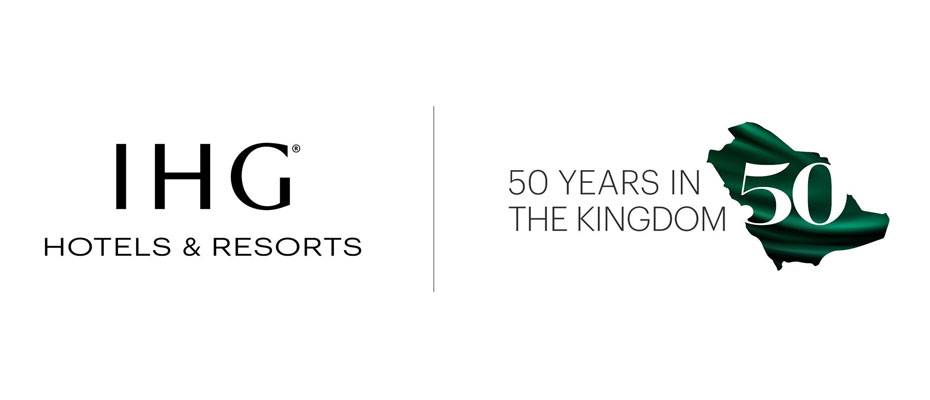 Read the News
Read the News

IHG marks 50 years in Saudi Arabia
A milestone anniversary highlights renewed growth, expanded brands and deeper alignment with Vision 2030
 Read the News
Read the News

International MICE Summit 2025 opens with major announcements and 20 new deals
Event signals global investment momentum and rapid transformation of Saudi Arabia’s business events sector
 Read the News
Read the News

Thailand to host Global Wellness Summit 2026
Phuket confirmed as the next global meeting place for the wellness economy, 10–13 November 2026
 Read the News
Read the News

Thailand’s culinary scene ascends with the launch of The MICHELIN Guide Thailand 2026
New Three- and Two-Star promotions, rising talent, and expanded sustainability recognition strengthen Thailand’s global gastronomic stature
 Read the News
Read the News

Korean Temple Food: A Globally Recognized Model of Sustainable Cuisine
Korean Temple Food, recently designated a National Intangible Cultural Heritage, is gaining renewed international attention
 Read the News
Read the News

GNTB marks 20 years in the Gulf States
GCC confirmed as Germany’s third-largest overseas market with €2.3 billion in travel spending
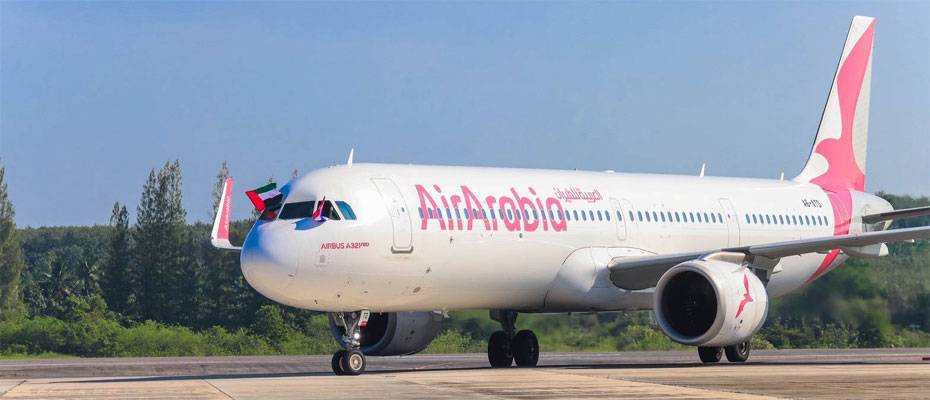 Read the News
Read the News

TAT Welcomes Air Arabia’s New Daily Sharjah–Krabi Service
New route boosts Middle East connectivity, supports high-value tourism, and advances TAT’s Airline Focus strategy
 Read the News
Read the News

Middle East Resorts Accelerate Investment in Aquatic Attractions as Tourism Surges
WhiteWater and Grand Hyatt Dubai unveil the region’s first FlowRider® Triple, anchoring a new wave of high-value leisure development
 Read the News
Read the News

Radisson Expands with the Opening of Baltic View Resort & Spa in Międzyzdroje
New Radisson Individuals property brings coastal design, spacious suites and wellness facilities to one of Poland’s most desirable seaside destinations
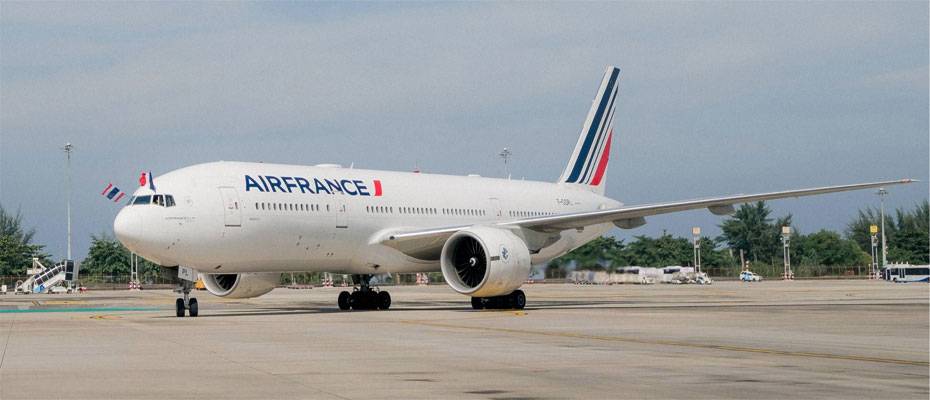 Read the News
Read the News

Air France Launches New Non-Stop Service Between Phuket and Paris
Three weekly flights connect Thailand’s largest island with Paris-Charles de Gaulle / Boeing 777-200 deployed on the new route
 Read the News
Read the News

International tourist arrivals up 5% in the first nine months of 2025
Global tourism surpasses 2019 levels despite inflation and geopolitical tensions
 Read the News
Read the News

Steigenberger marks 95 years of hospitality and iconic moments
Anniversary year culminates in the reopening of the Europäischer Hof Baden-Baden
 Read the News
Read the News

Banyan Group celebrates its 100th global property with opening of Mandai Rainforest Resort
Banyan Group and Mandai Wildlife Group have officially opened Mandai Rainforest Resort by Banyan Tree, the Group’s first hotel in Singapore and a landmark addition to the Mandai Wildlife Reserve
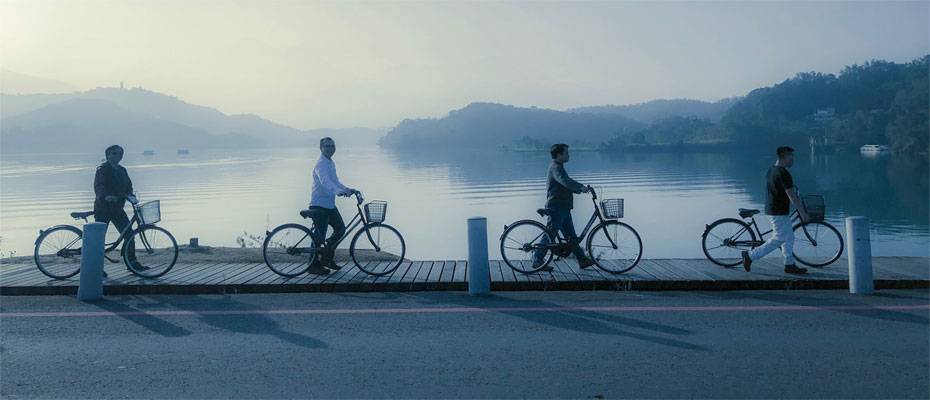 Read the News
Read the News

Taiwan: Asia’s Premier Destination for Cycling, Sustainability and Low-Carbon Travel
Island-wide cycling routes, world-class bike infrastructure and certified Bike-Friendly Accommodations attract riders from around the globe
 Read the News
Read the News

Hilton highlights record year for its luxury and lifestyle portfolio and previews openings for 2026
After reaching 1,000 luxury and lifestyle hotels worldwide in 2025, Hilton is preparing the next phase of global expansion
 Read the News
Read the News

Eurowings Expands Onboard Experience: Miles Payments, Premium Wines and a New Surprise Seat
Mileage payments launch in December • Motzenbäcker wines join the Wings Bistro • “Pauschal Airfrischt” seat adds an element of surprise / Shop Onboard Using Miles
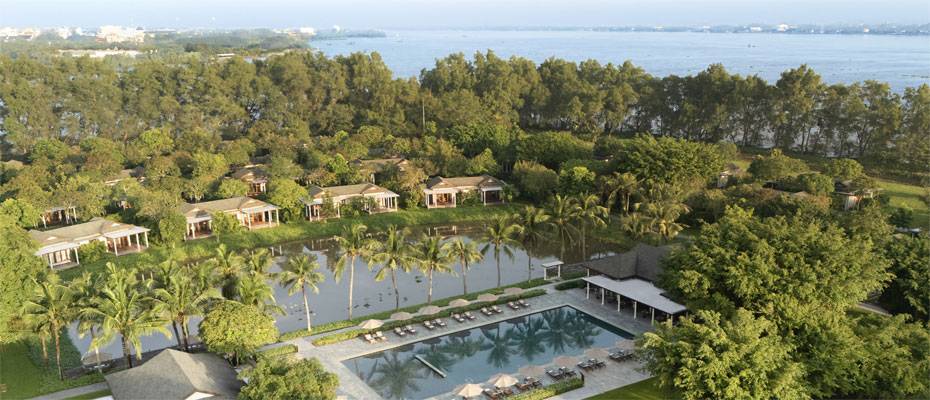 Read the News
Read the News

Marriott International Marks 700th Hotel in APEC with the Opening of Legacy Mekong, Can Tho
New Autograph Collection property in Vietnam highlights expansion into emerging destinations across the region
 Read the News
Read the News

Ryanair announces record growth in Pescara after removal of Municipal Tax
+80% annual passenger growth, two based aircraft and expanded Winter 2025/Summer 2026 schedules


